Arko Arts Theater (아르코예술극장)
347.8812981081536m 16917 2021-04-16
7, Daehak-ro 8-gil, Jongno-gu, Seoul
+82-2-3668-0007
Opened on April 1, 1981, Arko Arts Theater’s mission statement is to “boost performance art, obtain performance space to promote its popularity among the public, and support stages to pure art organizations facing financial difficulties." As the center of performance art, the theater also began to attract a slew of small theaters and has played a pivotal role in promoting performance art and populating Dongsung-dong with artists. The theater offers a large hall, small hall, multipurpose studio space, and practice room.
Homeplus Express - Myeongnyun Branch (No. 2) [Tax Refund Shop] (홈플러스익스프레스 명륜2호)
347.20695464292146m 0 2024-04-18
5, Hyehwa-ro 3-gil, Jongno-gu, Seoul
-
Seoul Dance Festival (서울무용제)
348.84498593778295m 9579 2021-08-11
7, Daehak-ro 8-gil, Jongno-gu, Seoul
• 1330 Travel Hotline: +82-2-1330
(Korean, English, Japanese, Chinese) • For more info: +82-2-744-8066
Seoul Dance Festival started in 1979 and is a representative dance festival in Korea, introducing Korean dance, modern dance, ballet and other genres of creative dance performance. The festival offers performances by dance troupes from all over Korea and specially invited performing arts groups from abroad, as well as university students majoring in dance and performing arts.
Seoul Theater Festival (서울연극제 2020)
348.84498593778295m 0 2020-05-22
7, Daehak-ro 8-gil, Jongno-gu, Seoul
• 1330 Travel Hotline: +82-2-1330 (Korean, English, Japanese, Chinese) • For more info: +82-2-765-7500
Seoul Theater Festival is a theatrical arts festival that has been representing Seoul for over 40 years. The festival’s history first began in 1977 under the name “Republic of Korea’s Theater Festival” with the aim of developing Korea’s original theater productions. The festival has evolved to presenting original performances as well as to interpreting and holding both premier and reruns of excellent performances since 2017.
PungGyeong [Korea Quality] / 풍경 [한국관광 품질인증]
367.76463541279463m 2690 2023-05-02
32-6 , Seonggyungwan-ro, Jongno-gu, Seoul
+82-10-7103-6993
PungGyeong, located opposite Sungkyunkwan Academy in Jongno-gu, Seoul, is a hanok-style guest house whose outer wall is painted with a stylish blue pine tree. The guest house is equipped with bedrooms and a kitchen/diner with a table. Residents can have toast for breakfast, and simple Korean meals are provided for guests staying more than two days. In the winter you can sample traditional Korean tea brewed by the owner.
Art Center K (아트센터 K)
372.91944983983245m 7287 2022-09-08
101, Dongsung-gil, Jongno-gu, Seoul
Art Center K (formerly Wonder Space) opened in February 2012, offers art programs in Daehangno, a neighborhood of youth, romance and culture. It also supports artists through creative activities, exchanges, and trainings, while serving as a performing art hall where people can participate in artistic and creative activities.
Art Center K's three theaters feature unique stages and audience spaces: Donggeurami (Circular) Theater, Semo (Triangle) Theater, and Nemo (Square) Theater. One stage hosts fun and educational open-run performances for children, while the other two theaters offer popular plays, musicals, concerts, and other cultural events.
Daehangno (University Street) (대학로)
374.83653473027425m 71798 2021-03-25
104, Daehak-ro, Jongno-gu, Seoul
+82-2-2148-1114
Daehangno is an artistic neighborhood that stretches 1.1 kilometers from Jongno 5-ga Intersection to Hyehwa-dong Rotary. The area is filled with culture and performing arts facilities, with the center of all this being Marronnier Park. Visitors can find performances taking play every day at the many theaters large and small, as well as restaurants serving a range of cuisines. The area is especially active on weekends and during the street festival period.
Seoul Daehan Hospital (서울 대한의원)
380.00620666904m 12208 2021-12-23
101, Daehak-ro, Jongno-gu, Seoul
+82-2-2148-1842
Daehanuiwon (Daehan Medical Center) is an antique two-story brick building within the grounds of Seoul National University Hospital. It was established under the direct administration of the Uijeongbu (State Council), combining the Gwangjewon (under the Home Ministry), Gyeongseong Medical School and the Korean Red Cross Hospital (under the Royal Household).
Built in the Madubong Hill area, this location where Hamchunwon, the outer garden of Changgyeonggung Palace, once stood in 1484 (15th year of King Seongjong), was also once the site of Gyeongmogung Palace, where King Jeongjo enshrined the mortuary tablet of his birth father Crown Prince Sado Seja in 1776 (the year King Jeongjo ascended to the throne).
These places that held importance for the royal family were destroyed as the Japanese built Gyeongseong Empire University in its place. In 1907, with the announcement of the plan to establish Daehan Medical Center, construction began on the main building, seven wards and affiliated buildings. Construction was completed in November 1908.
The Daehan Medical Center opened in Gwangjewon, but upon Japanese colonization in 1910, its name was changed to the Japanese Viceroyalty Hospital. In 1926, it was included as a part of Gyeongseongjeguk University to become a university hospital. Since the liberation of Korea in 1945, it has been a hospital affiliated with Seoul National University.
Munmyo Confucian Shrine and Seonggyungwan National Academy (서울 문묘와 성균관)
388.7070433753729m 18798 2020-03-31
31, Seonggyungwan-ro, Jongno-gu, Seoul
+82-2-760-1472
Munmyo is a shrine dedicated to Confucius, whose teachings form the foundation of Confucianism. It is also dedicated to his disciples and other great Confucian scholars. Munmyo is not only the shrine but also the highest educational institution of the Joseon dynasty. Munmyo was once called as Munseonwangmyo since during the Tang dynasty, Confucius was named as King Munseon after his death and then it has been called as Munmyo since the Yuan dynasty.
The compound consists of two main areas: the Daeseongjeon houses shrines and the Myeongnyundang features seminar halls and other auxiliary facilities. Also, there are two dormitories, Dongjae and Seojae, which are collectively known as Sungkyunkwan. In front of the Myeongnyundang stands a ginkgo tree designated as Natural Monument No. 59. In spring and autumn, a ritual for Confucius and his disciples takes place.
The Museum of Medicine (서울대학교병원의학박물관)
403.49896527955474m 34785 2024-03-18
101 Daehak-ro, Jongno-gu, Seoul
The Museum of Medicine is located in the building of the former Daehan Medical Center, the oldest modern hospital in Korea. It is a medical museum that provides a comprehensive view of the development of modern medicine in Korea, the history of medical devices, and the transformation of Seoul National University Hospital. Through permanent and special exhibitions, the museum showcases medical artifacts and documents related to the history of medicine.
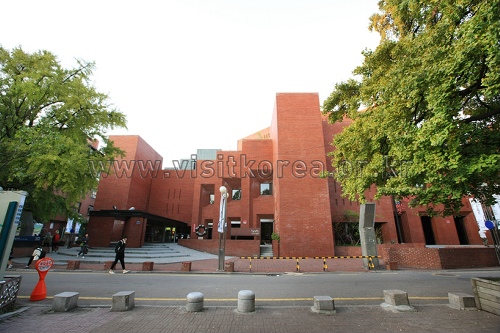
![Homeplus Express - Myeongnyun Branch (No. 2) [Tax Refund Shop] (홈플러스익스프레스 명륜2호)](http://tong.visitkorea.or.kr/cms/resource/80/2878180_image2_1.jpg)
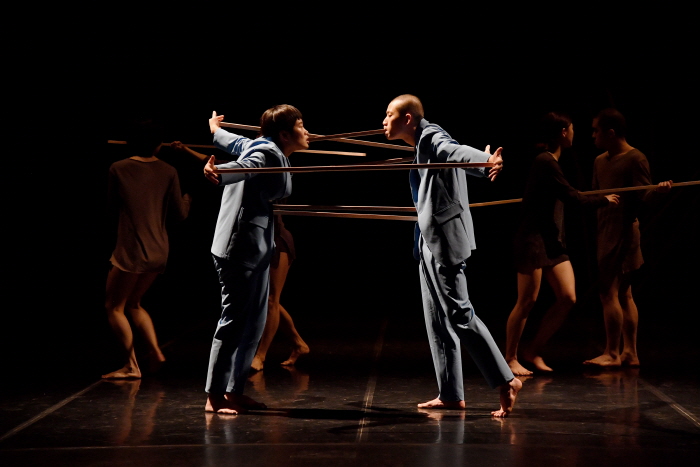
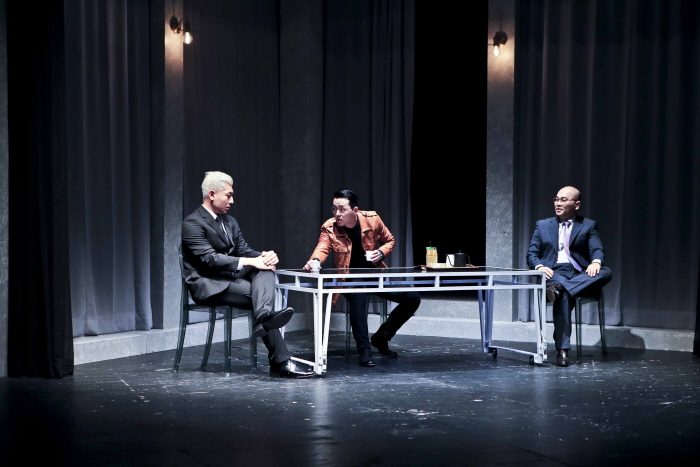
![PungGyeong [Korea Quality] / 풍경 [한국관광 품질인증]](http://tong.visitkorea.or.kr/cms/resource/80/2633780_image2_1.jpg)
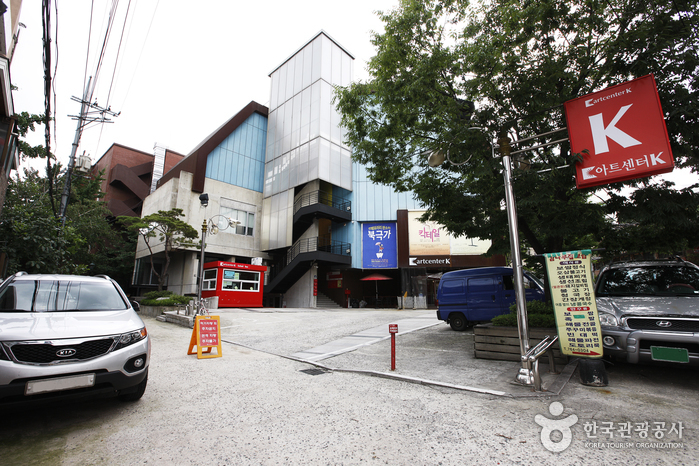
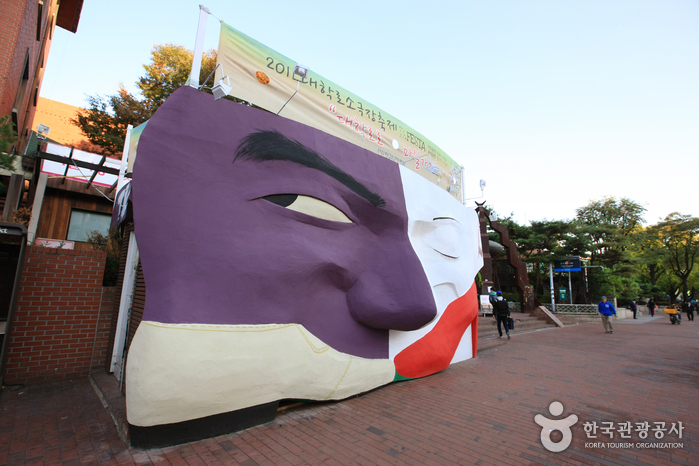
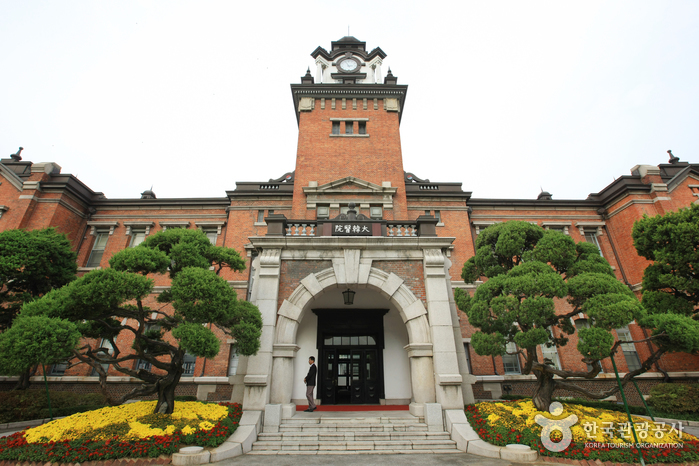
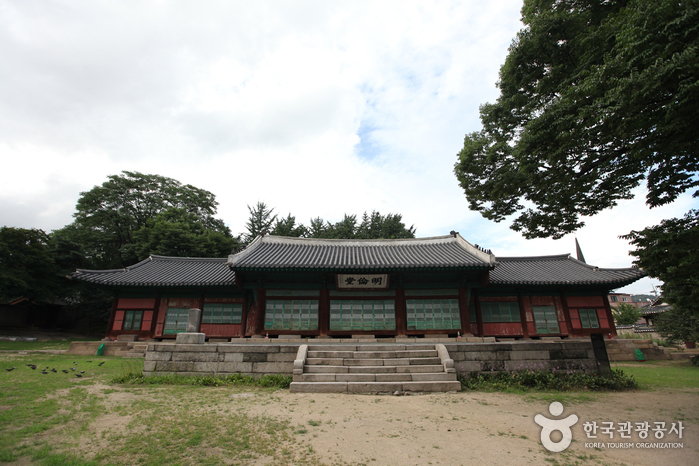
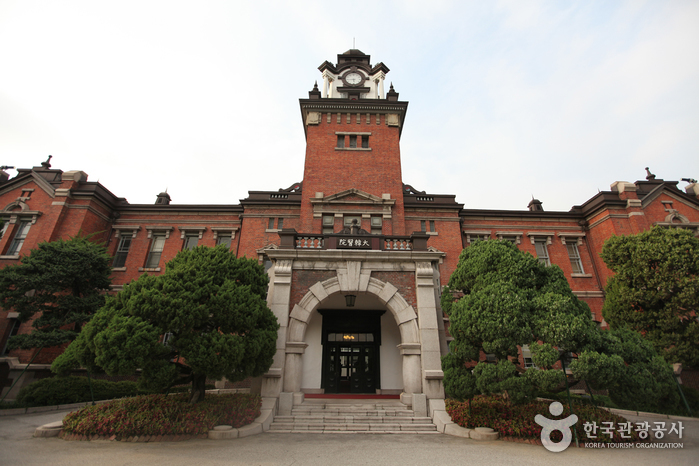
 English
English
 한국어
한국어 日本語
日本語 中文(简体)
中文(简体) Deutsch
Deutsch Français
Français Español
Español Русский
Русский